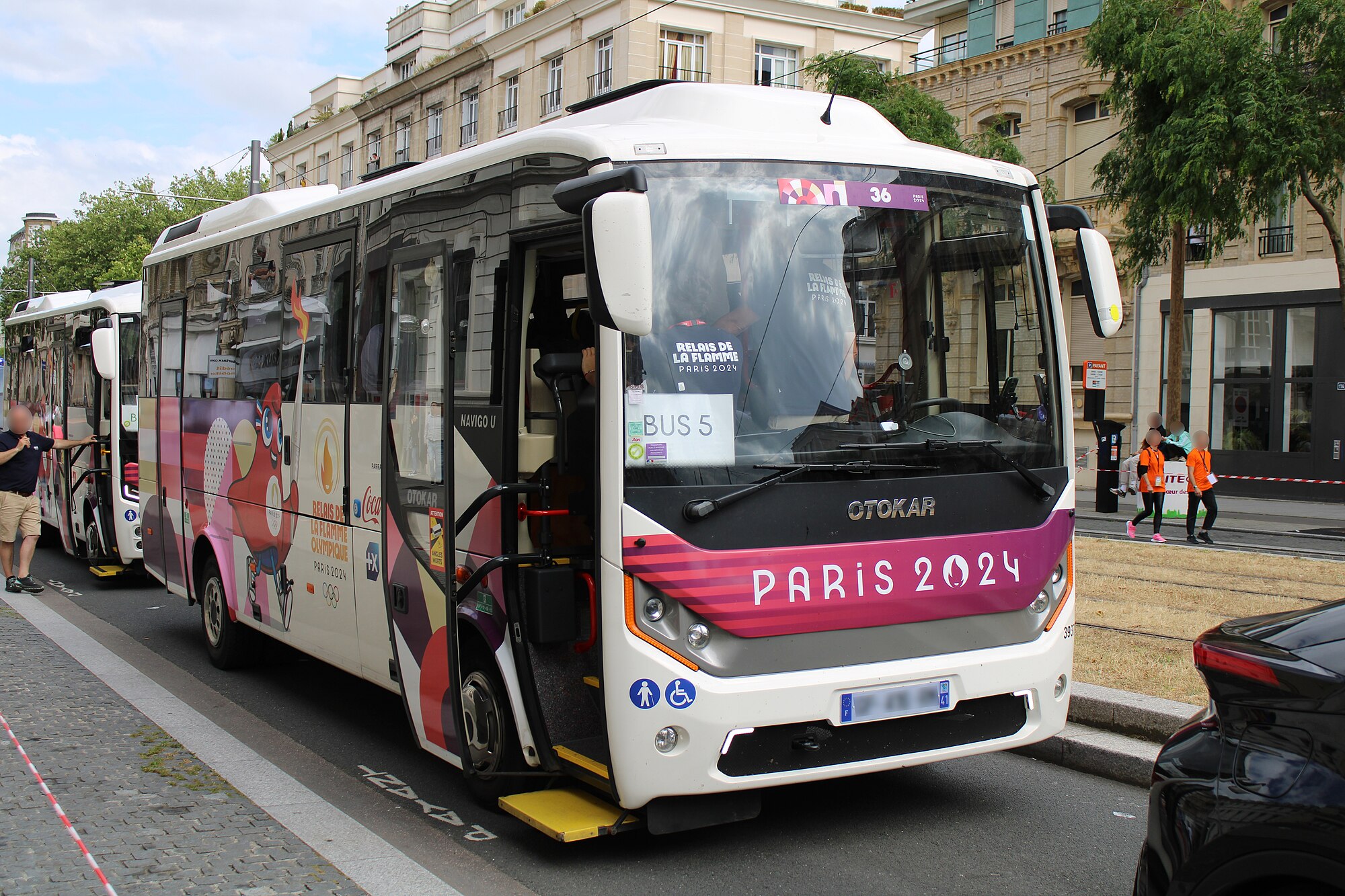A new study suggests that your children’s proximity to green spaces like parks and forests may have an impact on their long-term lung health.
At the beginning of August, European researchers published their findings in the journal Environmental International, saying they had found a “robust” link between better lung health and spending time in green spaces as a child.
The study examined the lung function of 35,000 children in eight different European countries, including Denmark, France, Italy, Lithuania, Norway, the Netherlands, Spain and the United Kingdom.
In particular, the amount of air that a person can exhale indefinitely after taking a deep breath (the so-called forced vital capacity) and how far the person’s airways are open (the so-called forced expiratory volume per second) were measured.
In the study, they found that children who lived in neighborhoods with more green space within 1,000 feet of their home had higher lung function than others. While this was true across all socioeconomic classes, lung function was even higher among children from high-income families.
The researchers suspect that this difference could be due to the fact that higher-income neighborhoods have “higher quality, safer and better maintained green spaces,” according to the Barcelona Institute of Global Health, according to Medical Xpress.
These findings represent a major advance in understanding how we can ensure our children have healthy and long lives by protecting their bodies. The study seems to indicate that by protecting and increasing green spaces in residential areas, we can improve lung function in young children.
At the same time, green spaces have also been found to improve people’s mental health and physical activity. The National Recreation and Park Association has estimated that people who live about a mile from green spaces are 50% more likely to experience stress than those who live less than 300 meters (984 feet) away.
While recent findings are good news for young families, more research is needed to better understand the link between green space and lung function.
“Our understanding of how green spaces affect lung function is still incomplete. We know that green spaces reduce air pollution, which in turn affects respiratory health,” said study author Amanda Fernandes.
“We also believe that green spaces can expose children to beneficial microbiota that may contribute to immune system development and indirectly influence lung function. Finally, green spaces close to home likely reflect the presence of play areas that encourage physical activity at an age when the lungs are still developing.”
Until further research is available, the study authors point out that more green spaces in cities and other urban environments are needed to protect the lung health of adults and children.
Subscribe to our free newsletter for weekly updates on the latest innovations Improving our lives And Shaping our futureand don’t miss this cool list of simple ways you can help yourself and the planet at the same time.




